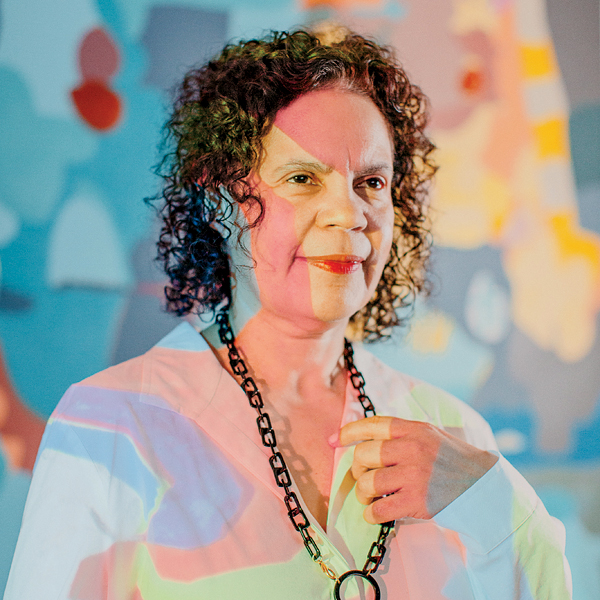
When I walk into Candida Alvarez’s Pilsen studio, the late-morning sun scatters a prism of rainbow light across the floor. It’s an all-too-appropriate introduction to the painter, who herself is clad in a bright sweater and whose studio is packed with colorful canvases in various stages of completion. “Color is magic,” she says, surveying the room. “It’s a flirtation with the eyes.”
Alvarez’s unique perspective is an essential part of her work. Growing up in Brooklyn—her parents moved from Puerto Rico before she was born—Alvarez would take the stairs to the top of her apartment building just to soak in the view. “There’s something about looking out a window on the 14th floor,” she says. “It helped my eyes, my pictorial framework.”
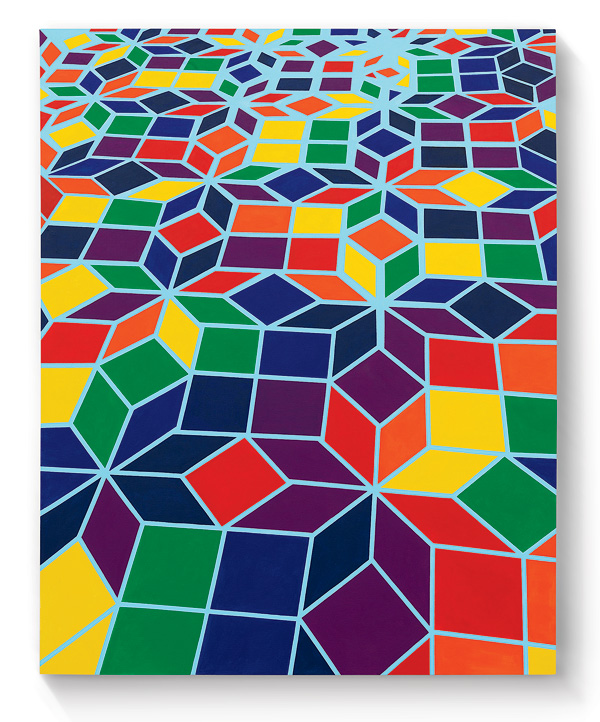
Although Alvarez, now 62, has always had an affinity for graphic patterns—she spent much of her youth hovered over paint-by-numbers coloring books—it wasn’t until she studied color theory at Yale that she began to develop her particular style of abstraction. Influenced by a friendship with famed minimalist artist Sol LeWitt, who encouraged her to experiment with puzzles and games in her work, Alvarez started to approach the canvas in a more playful way. “Sol told me that ideas belong to whoever understands them,” she recalls. “I just love that: We don’t own ideas.”
Alvarez’s individuality is on full display in her massive new solo show, Here, at the Chicago Cultural Center. A collection of about 60 works, ranging from the early 1980s to just last year, Here pulses with personal memories. “My work is chatty and full of stories,” says Alvarez. “It’s like a call-and-response.”
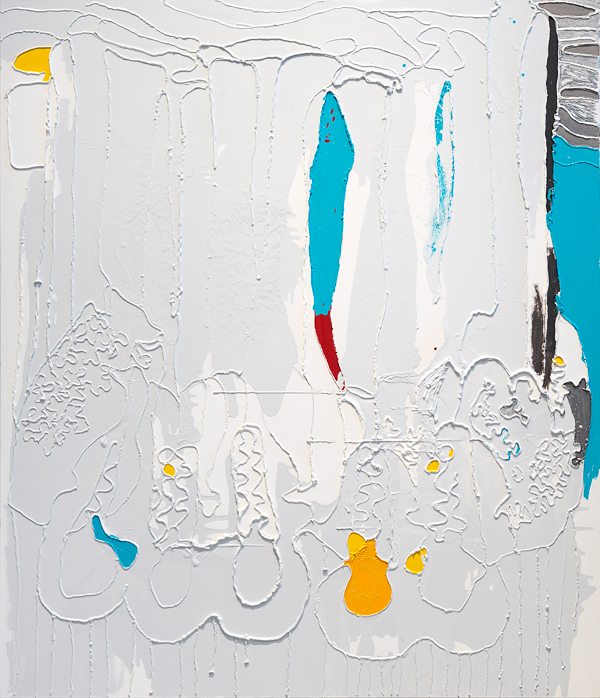
One of the most poignant pieces is also among the most unique: Titled Dame un Numero, the diptych features a grid of muted colors, which Alvarez says spells the name of her son, Ramon. “The structure comes from my mother, who would relate each letter in the alphabet to a number,” says Alvarez. “I’m breaking down a name into numbers, and that helps me to sort out the different colors. It’s almost like a love letter.”
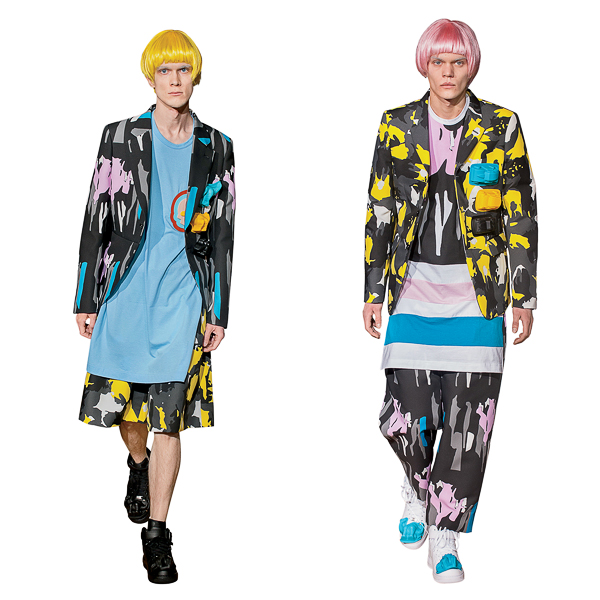
Though Alvarez, who is a professor at the School of the Art Institute of Chicago, has shown her work in galleries around the globe for years, her star turn didn’t come until this year, when Comme des Garçons used several of her pieces as prints in its 2017 menswear collection. The label’s founder, Rei Kawakubo, stumbled across Alvarez’s work online. “I couldn’t imagine something more amazing,” says Alvarez of the collaboration. “It felt like a cosmic experience.”
Terry Myers, curator of Here, says Alvarez’s breakthrough is long overdue: “Chicago hasn’t done the best job supporting women with long careers here. People will be stunned by the range and the history [in Alvarez’s work]. She is someone who should be seen.”
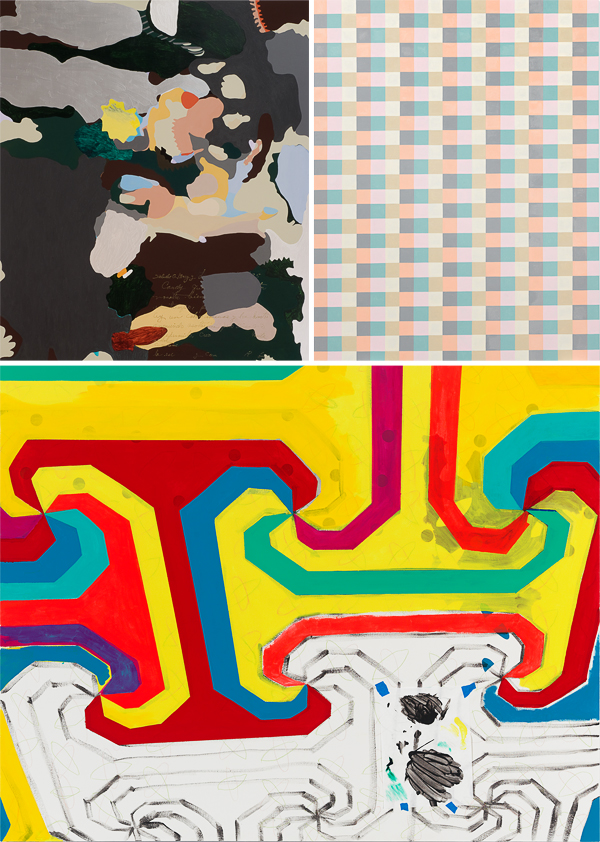
Despite her fast-rising profile, Alvarez has struggled creatively of late. She’s made only a few pieces since the presidential election. One was a small canvas with “Fuck You” written in black glitter across the center. “They were the first words that came out of my mouth [the night of the election],” says Alvarez. “I was pissed. I wanted to shake black glitter like pepper. I’m always trying to rekindle my creativity, but turbulence needs some space for reflection.”
GO:Candida Alvarez: Here runs through August 6 at the Chicago Cultural Center, 78 E. Washington St. Free. cityofchicago.org



